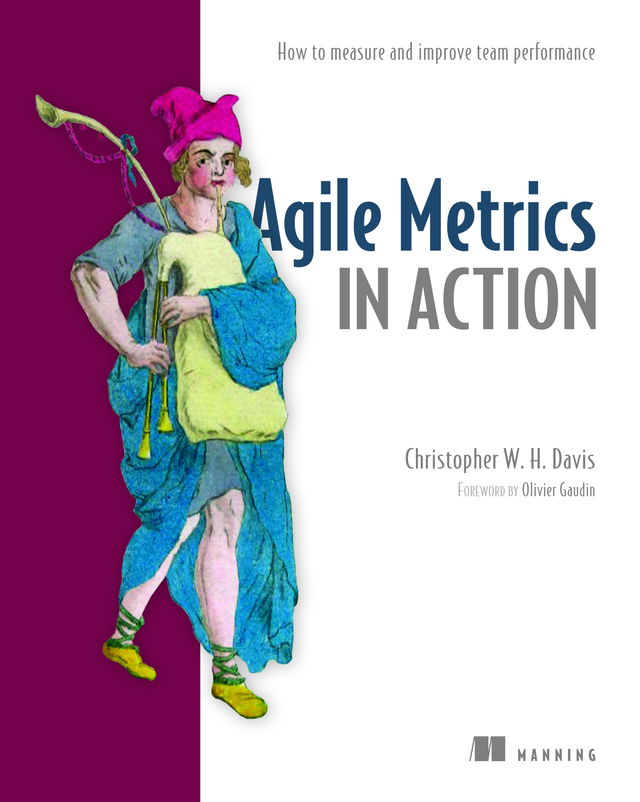Agile Metrics in Action is a rich resource for agile teams that aim to use metrics to objectively measure performance. You'll learn how to gather data that really counts, along with how to effectively analyze and act upon the results. Along the way, you'll pick up practical data analysis techniques, including a few emerging Big Data practices.
People and Team Management
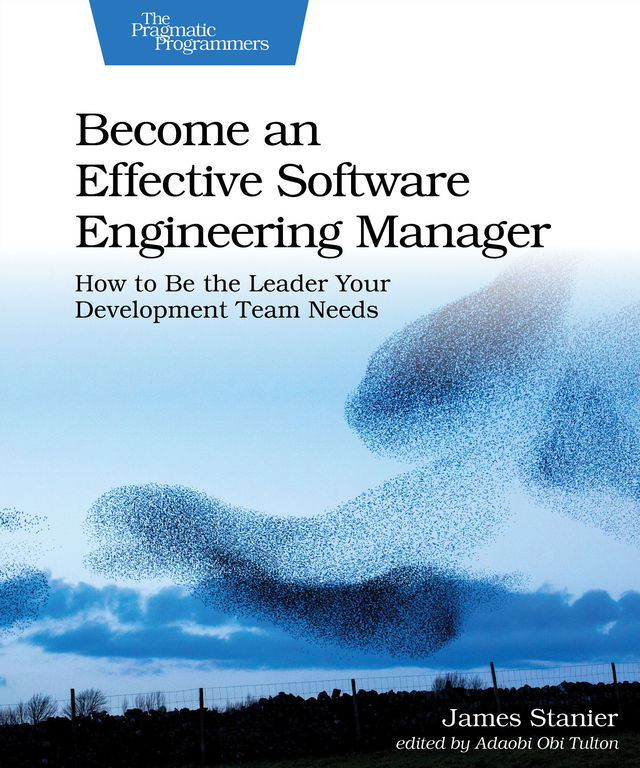
Software startups make global headlines every day. As technology companies succeed and grow, so do their engineering departments. In your career, you'll may suddenly get the opportunity to lead teams: to become a manager. But this is often uncharted territory. How can you decide whether this career move is right for you? And if you do, what do you need to learn to succeed? Where do you start? How do you know that you're doing it right? What does "it" even mean? And isn't management a dirty word? This book will share the secrets you need to know to manage engineers successfully.
Going from engineer to manager doesn't have to be intimidating. Engineers can be managers, and fantastic ones at that. Cast aside the rhetoric and focus on practical, hands-on techniques and tools. You'll become an effective and supportive team leader that your staff will look up to.
Start with your transition to being a manager and see how that compares to being an engineer. Learn how to better organize information, feel productive, and delegate, but not micromanage. Discover how to manage your own boss, hire and fire, do performance and salary reviews, and build a great team. You'll also learn the psychology: how to ship while keeping staff happy, coach and mentor, deal with deadline pressure, handle sensitive information, and navigate workplace politics.
Consider your whole department. How can you work with other teams to ensure best practice? How do you help form guilds and committees and communicate effectively? How can you create career tracks for individual contributors and managers? How can you support flexible and remote working? How can you improve diversity in the industry through your own actions? This book will show you how.
Great managers can make the world a better place. Join us.

Having a great idea or design is not enough to make your software project succeed. If you want stakeholders to buy into your design and teams to collaborate and contribute to the vision, you also need to communicate effectively. In this practical book, author Jacqui Read shows you how to successfully present your architecture and get stakeholders to jump on board.
Misunderstanding and lack of buy-in leads to increasing costs, unmet requirements, and an architecture that is not what you intended. Through constructive examples and patterns, this book shows you how to create documentation and diagrams that actually get the message across to the different audiences you'll face.
This book shows you how to:
- Design diagrams and documentation appropriate to your expected audience, intended message, and project stage
- Create documentation and diagrams that are accessible to those with varying roles, needs, or disabilities
- Master written, verbal, and nonverbal communication to succeed in technical settings
- Apply the communication patterns presented in this book in real-world projects and software designs
- Communicate and collaborate with distributed teams to successfully design and document software and technical projects
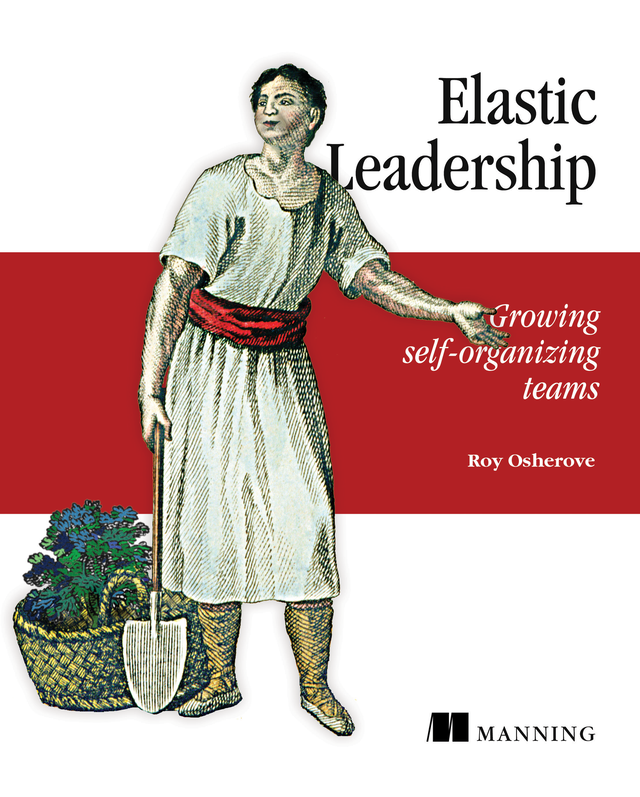
Elastic leadership is a framework and philosophy that can help you as you manage day-to-day and long-term challenges and strive to create the elusive self-organizing team. It is about understanding that your leadership needs to change based on which phase you discover that your team is in. This book provides you with a set of values, techniques, and practices to use in your leadership role.
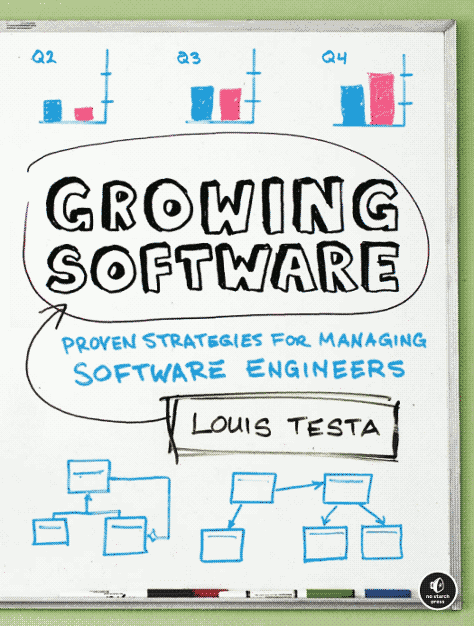
As the technology leader at a small software company, you need to focus on people, products, processes, and technology as you bring your software to market, while doing your best to put out fires and minimize headaches.
Growing Software is your guide to juggling the day-to-day challenges of running a software company while managing those long-term problems and making sure that your business continues to grow. With practical, hands-on advice, Growing Software will teach you how to build and lead an effective team, define and sell your products, work with everyone from customers to CEOs, and ensure high-quality results.
Instead of learning by trial and error, you'll benefit from author Louis Testa's 20+ years of management experience. Testa combines big-picture advice, specific solutions, and real-life anecdotes to teach you how to:
- Work effectively with your CEO and executive team
- Improve development team efficiency and enthusiasm
- Evaluate your software methodology to improve effectiveness and safeguard against failure
- Use product prototypes to bridge the gap between marketing and engineering
- Defuse technology time bombs
Whether you're new to managing software or newly lost, Growing Software will help you and your growing company thrive.
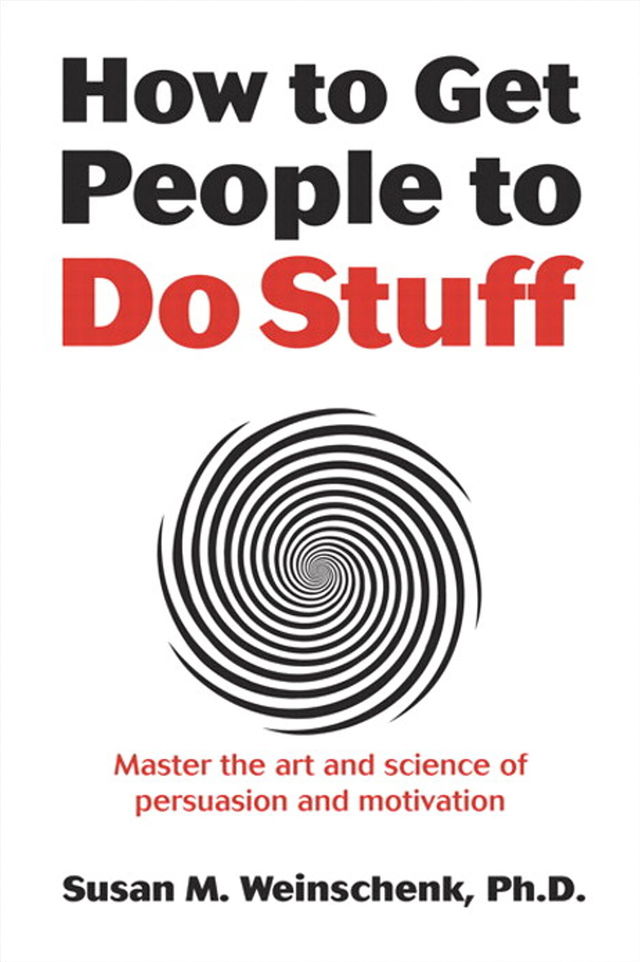
We all want people to do stuff. Whether you want your customers to buy from you, vendors to give you a good deal, your employees to take more initiative, or your spouse to make dinner—a large amount of everyday is about getting the people around you to do stuff. Instead of using your usual tactics that sometimes work and sometimes don't, what if you could harness the power of psychology and brain science to motivate people to do the stuff you want them to do - even getting people to want to do the stuff you want them to do.
In this book you’ll learn the 7 drives that motivate people: The Desire For Mastery, The Need To Belong, The Power of Stories, Carrots and Sticks, Instincts, Habits, and Tricks Of The Mind. For each of the 7 drives behavioral psychologist Dr. Susan Weinschenk describes the research behind each drive, and then offers specific strategies to use. Here’s just a few things you will learn:
- The more choices people have the more regret they feel about the choice they pick. If you want people to feel less regret then offer them fewer choices.
- If you are going to use a reward, give the reward continuously at first, and then switch to giving a reward only sometimes.
- If you want people to act independently, then make a reference to money, BUT if you want people to work with others or help others, then make sure you DON’T refer to money.
- If you want people to remember something, make sure it is at the beginning or end of your book, presentation, or meeting. Things in the middle are more easily forgotten.
- If you are using feedback to increase the desire for mastery keep the feedback objective, and don’t include praise.

In this fourth edition of the bestselling business book Managing Humans, author Michael Lopp continues to draw leadership advice from some of the most important software companies of our modern age. Educational stories from companies such as Apple, Slack, and Pinterest detail the experiences of bright software engineers in an ever-changing industry.
This revised edition of Managing Humans expands on the previous editions’ explorations of management essentials including handling stress, building diverse teams, running inclusive meetings, and how to lead in times of crisis. The education of a great leader never stops, and Lopp applies crucial insights to help continue your never-ending leadership education. Whether it is approaching a myriad of engineering personalities or handling unexpected conflict, you will come away with the wisdom to handle any team situation.
The engineering culture of a company can determine the difference between a product’s ultimate success or failure. Managing Humans is here to guide managers and aspiring managers into the intimidating world of people and their vastly different personalities. Handle conflict, infuse innovation into your approach, and be the most confident manager you can be after reading this book.
“It is so satisfying to read the work of an author who articulates something we know, but can’t put our finger on, and then answers the excitement of fresh revelation with useful solutions or a frame to think about what we’ve just learned—all done in a breezy, knowing prose, that invites you to constantly write margin notes to capture the new thinking it invites.”
John Dickerson, author, CBS News correspondent

Few books in computing have had as profound an influence on software management as Peopleware. The unique insight of this longtime best seller is that the major issues of software development are human, not technical. They're not easy issues; but solve them, and you'll maximize your chances of success.
For this third edition, the authors have added six new chapters and updated the text throughout, bringing it in line with today's development environments and challenges. For example, the book now discusses pathologies of leadership that hadn't previously been judged to be pathological; an evolving culture of meetings; hybrid teams made up of people from seemingly incompatible generations; and a growing awareness that some of our most common tools are more like anchors than propellers. Anyone who needs to manage a software project or software organization will find invaluable advice throughout the book.
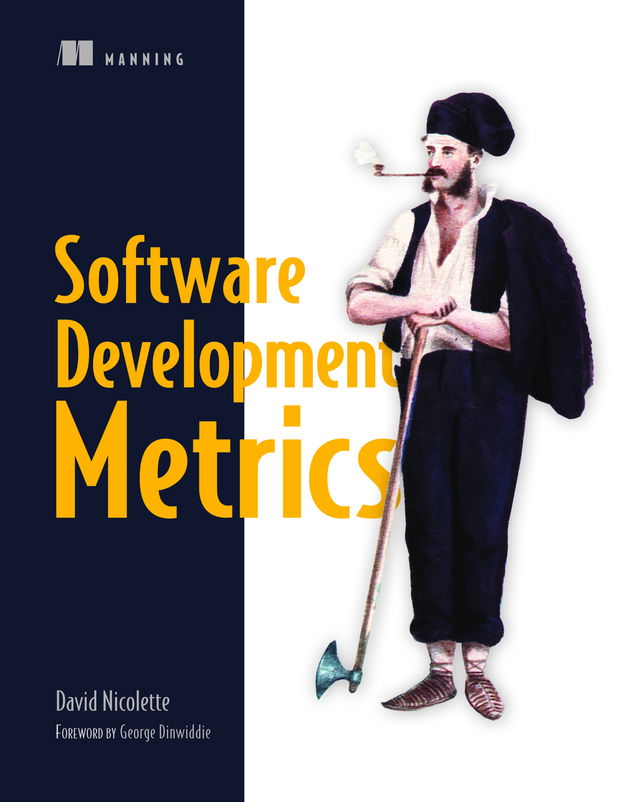
Software Development Metrics is a handbook for anyone who needs to track and guide software development and delivery at the team level, such as project managers and team leads. New development practices, including "agile" methodologies like Scrum, have redefined which measurements are most meaningful and under what conditions you can benefit from them. This practical book identifies key characteristics of organizational structure, process models, and development methods so that you can select the appropriate metrics for your team. It describes the uses, mechanics, and common abuses of a number of metrics that are useful for steering and for monitoring process improvement. The insights and techniques in this book are based entirely on field experience.
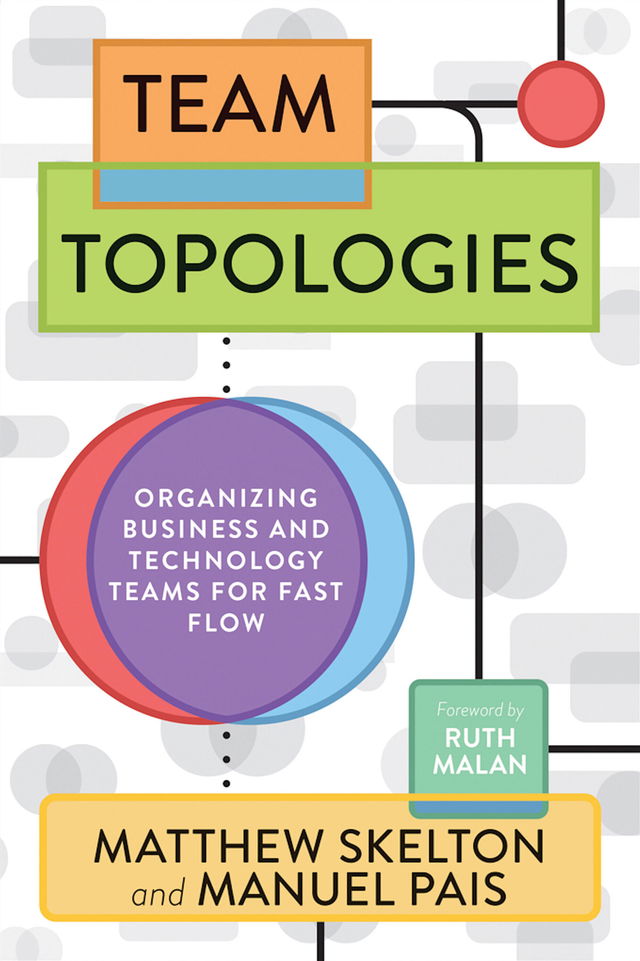
Effective software teams are essential for any organization to deliver value continuously and sustainably. But how do you build the best team organization for your specific goals, culture, and needs?
Team Topologies is a practical, step-by-step, adaptive model for organizational design and team interaction based on four fundamental team types and three team interaction patterns. It is a model that treats teams as the fundamental means of delivery, where team structures and communication pathways are able to evolve with technological and organizational maturity.
In Team Topologies, IT consultants Matthew Skelton and Manuel Pais share secrets of successful team patterns and interactions to help readers choose and evolve the right team patterns for their organization, making sure to keep the software healthy and optimize value streams.
Team Topologies is a major step forward in organizational design for software, presenting a well-defined way for teams to interact and interrelate that helps make the resulting software architecture clearer and more sustainable, turning inter-team problems into valuable signals for the self-steering organization.
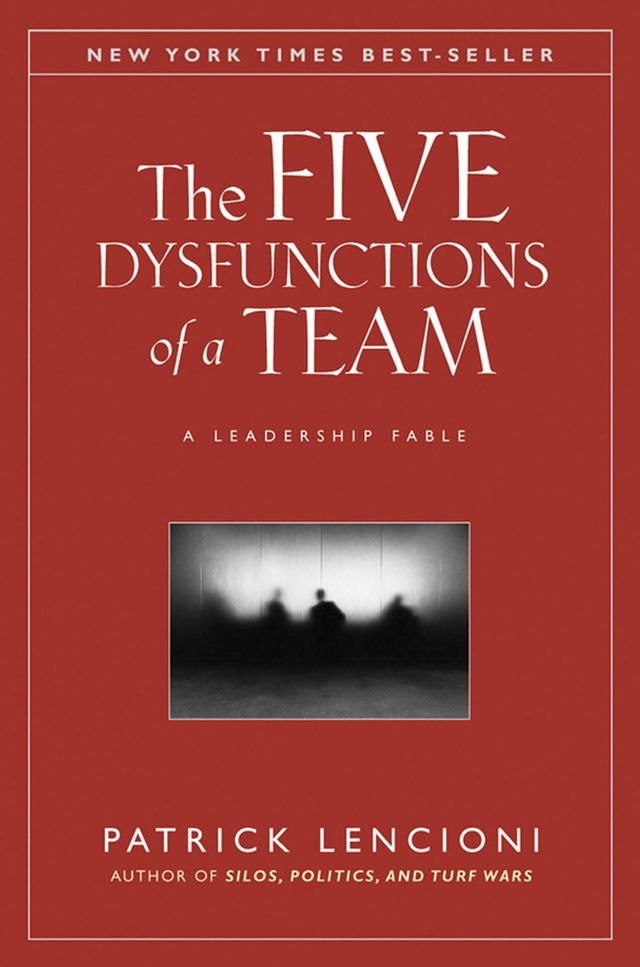
In The Five Dysfunctions of a Team Patrick Lencioni once again offers a leadership fable that is as enthralling and instructive as his first two best-selling books, The Five Temptations of a CEO and The Four Obsessions of an Extraordinary Executive. This time, he turns his keen intellect and storytelling power to the fascinating, complex world of teams.
Kathryn Petersen, Decision Tech's CEO, faces the ultimate leadership crisis: Uniting a team in such disarray that it threatens to bring down the entire company. Will she succeed? Will she be fired? Will the company fail? Lencioni's utterly gripping tale serves as a timeless reminder that leadership requires as much courage as it does insight.
Throughout the story, Lencioni reveals the five dysfunctions which go to the very heart of why teams even the best ones-often struggle. He outlines a powerful model and actionable steps that can be used to overcome these common hurdles and build a cohesive, effective team. Just as with his other books, Lencioni has written a compelling fable with a powerful yet deceptively simple message for all those who strive to be exceptional team leaders.

Shortly after World War I, Ford and GM created the large modern corporation, with its financial and statistical controls, mass production, and assembly lines. In the 1980s, Toyota stood out for combining quality with continuous refinement. Today, Google is reinventing business yet again—the way we work, how organizations are controlled, and how employees are managed.
Management consultant Bernard Girard has been analyzing Google since its founding in 1998, and now in The Google Way, he explores Google's innovations in depth—many of which are far removed from the best practices taught at the top business schools.
As you read, you'll see how much of Google's success is due to its focus on users and automation. You'll also learn how eCommerce has profoundly changed the relationship between businesses and their customers, for the first time giving customers an important role to play in a major corporation's growth. Finally, Girard speculates about the limits of Google's business model and discusses the challenges it will face as it continues to grow.
Google's culture is one of innovation. Why not make that spirit of innovation your own?
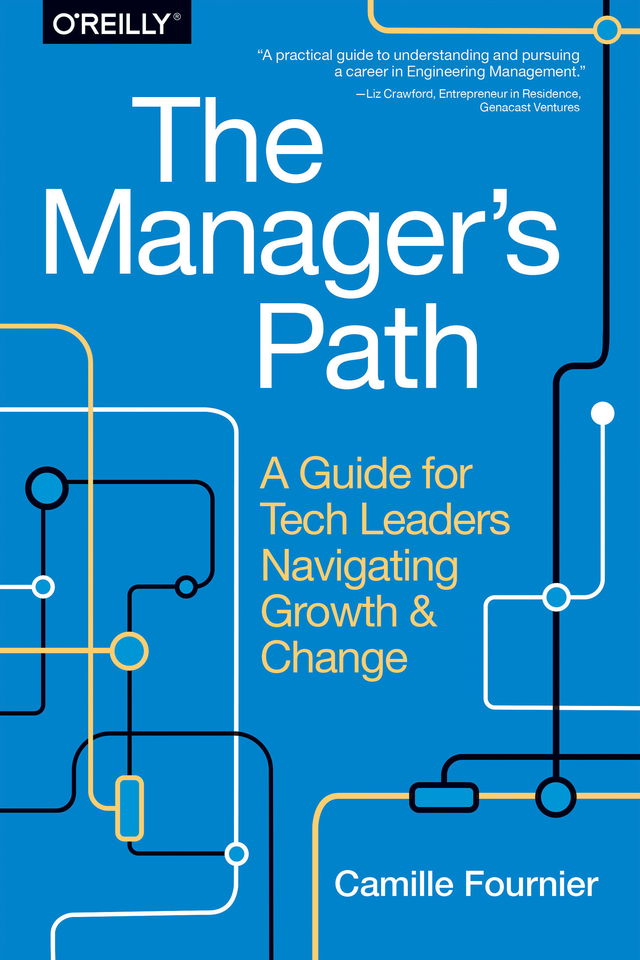
Managing people is difficult wherever you work. But in the tech industry, where management is also a technical discipline, the learning curve can be brutal—especially when there are few tools, texts, and frameworks to help you. In this practical guide, author Camille Fournier (tech lead turned CTO) takes you through each stage in the journey from engineer to technical manager.
From mentoring interns to working with senior staff, you’ll get actionable advice for approaching various obstacles in your path. This book is ideal whether you’re a new manager, a mentor, or a more experienced leader looking for fresh advice. Pick up this book and learn how to become a better manager and leader in your organization.
- Begin by exploring what you expect from a manager
- Understand what it takes to be a good mentor, and a good tech lead
- Learn how to manage individual members while remaining focused on the entire team
- Understand how to manage yourself and avoid common pitfalls that challenge many leaders
- Manage multiple teams and learn how to manage managers
- Learn how to build and bootstrap a unifying culture in teams
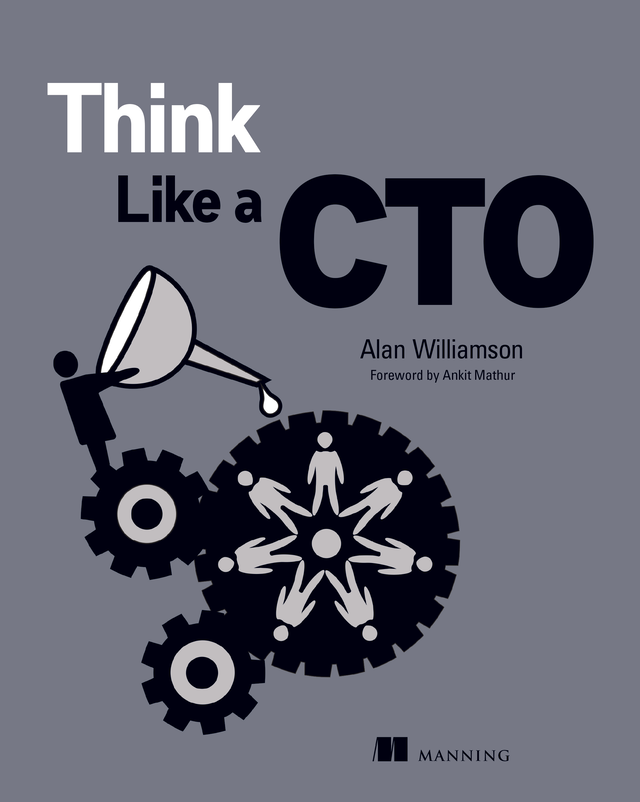
An effective Chief Technology Officer shapes almost every aspect of a modern business. This book shares the experience and advice of veteran CTOs and industry experts for handling IT crises, leading tech teams, and creating an inspiring vision for your company.
In Think Like a CTO you will learn:
- Effective interaction and relationship-building with other C-level executives
- Creating long term visions and executing on short term goals
- Interviewing, hiring, and terminating team members
- Negotiating salaries and managing promotions
- Architecting future-proofed systems
- Handling security breaches and ransomware attacks
- Putting together budgets and working with your CFO
- Identifying and managing outsourced vendor opportunities
- Managing and communicating bad news by leading with data, not passion
- Being the kind of leader that employees want to follow and emulate
Becoming a CTO is an incredible accomplishment. It’s also one of the hardest transitions a technologist can make. This high-power and high-pressure role demands skills that are rarely developed as a software engineer.
Think Like a CTO shines a light on all the areas an aspiring CTO needs to master to succeed. You’ll learn how to build incredible working relationships with the rest of the C-suite, transform a company with private equity, and recruit and manage your development team. With this book as your guide, you’ll quickly become a trusted leader figure with an inspiring vision for your company.
